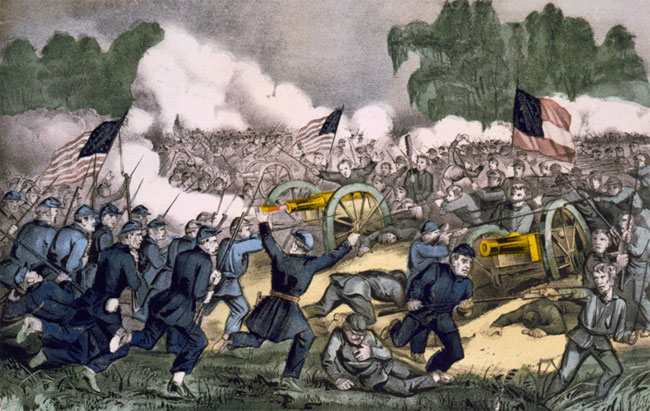Parallel Construction
Parallel structure exists when two or more phrases or sentences have the same grammatical structure and use the same parts of speech. Stating equal and closely related ideas in parallel constructions often adds coherence, smoothness, and rhythm to writing.
Rather than bombard you with lots of English grammar terminology, we will show you examples of faulty and parallel construction. By looking carefully at the faulty sentences, you will begin to see why they are wrong and understand why the parallel sentences are correct.
Read the sentence below.
Faulty: The lot was covered with wrecked cars, furniture that had been discarded, and used tires.
Would you agree that “furniture that had been discarded" has a phrase added to the noun “furniture" and is not parallel to “wrecked cars” and “used tires”? Doesn’t the sentence below sound better?
Parallel: The lot was covered with wrecked cars, discarded furniture, and used tires. (three parallel phrases)
Think about how you would fix the following sentences to make their parts parallel. Write your answers using your notes. When you are finished, check your understanding below.
- Faulty: Vacationing in Italy was fun; to sleep on the plane, however, was miserable. (gerund paired with infinitive as subjects)
- Faulty: The annual report revealed growth in productivity but that sales had dropped. (noun paired with clause)
- Faulty: The clerk proved herself to be not only capable but also a woman who could be trusted. (adjective paired with a noun)
Sample Responses:
- Parallel: Vacationing in Italy was fun; sleeping on the plane, however, was miserable. (two parallel clauses)
- Parallel: The annual report revealed growth in productivity but a drop in sales. (noun paired with noun)
- Parallel:The clerk proved herself to be not only capable but also trustworthy. (adjective paired with an adjective)
If you will read the sentences aloud, you’ll find that the faulty ones are jarring and cause a break in the rhythm of the words. Parallel construction results in balanced sentences that seem so smooth and effortless that they are easy to read and understand; they are almost musical.
For a longer piece that shows parallelism at work, let’s look at an example written and spoken by another American icon, Abraham Lincoln.
Abraham Lincoln’s “Gettysburg Address” is not only one of the most famous speeches in American history, but it is also one of the best examples of excellent use of parallel construction. Read the speech; then, from the same Web page, watch a two-minute slide show that points out the oration’s many examples of parallelism. If you are unsure about the impact of parallel construction, this brief exercise should clarify its importance to coherence and good writing in general.

Source: Battle of Gettysburg, Currier and Ives, Wikimedia Commons